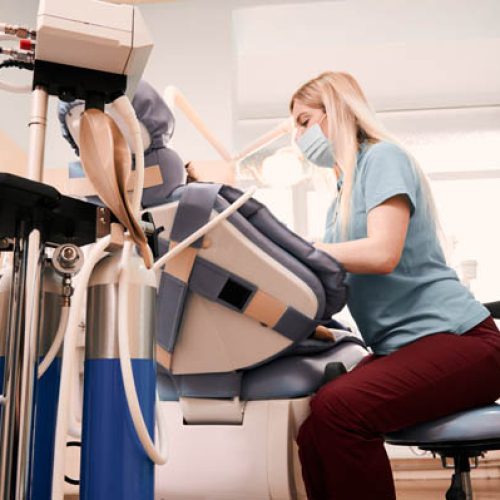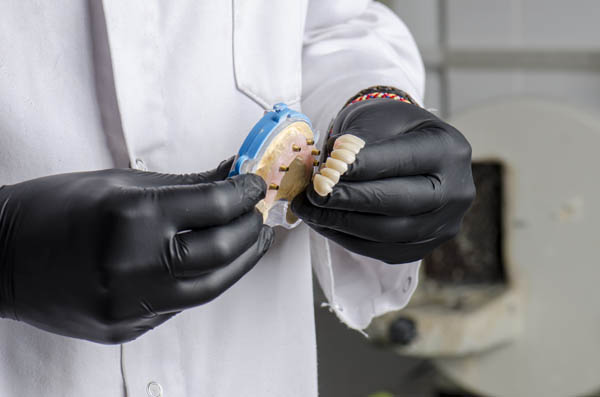How sedation dentistry helps with dental anxiety
The sedatives used in sedation dentistry help patients to feel relaxed and less anxious. The goal is to make the patient’s experience as comfortable as possible so they no longer see going to the dentist as a scary thing that should be avoided.
People who do not have dental anxiety can also benefit from sedation dentistry if they struggle with back/neck pain during treatments or if they need to have excessive dental work done. Dental sedatives can reduce the number of trips a patient needs to make to the dentist since they can sit comfortably in a dentist’s chair for longer. Dental sedatives can be used for most treatments ranging from the least invasive procedures like teeth whitening to surgical treatments like the installation of dental implants. Dental sedatives are commonly used to address issues like:
- Sore jaw muscles
- Dental phobias
- Low pain tolerance
- Overactive gag reflexes
- Patients who are unresponsive to local anesthetics
- Traumatic past experiences with a dentist
- Inability to stay still for prolonged periods
Type of sedatives used in dentistry
Dentists evaluate their patients before determining whether or not sedation dentistry is right for them. Factors that will be considered during the evaluation include: the patient’s medical history, medications the patient is currently taking and their level of anxiety.
Based on their findings, the dentist might recommend sedation dentistry practices such as:
- Oral sedatives: A dentist might prescribe an oral sedative that the patient takes prior to their appointment. This helps to reduce their anxiety or fears about going to the dentist. Such medication impairs a person’s ability to drive so transportation to and from the clinic should be arranged.
- Inhaled sedatives: Nitrous oxide is commonly used to keep patients relaxed during treatments. Also known as laughing gas, it is delivered with a facemask that is placed on the patient’s jaw. It takes effects within minutes and it wears off just as fast.
- IV sedation: Medication that helps to keep patients relaxed can also be delivered intravenously. This type of sedation is typically reserved for patients who need a higher level of sedation. The dentist can adjust the quantity of medication being injected into the patient’s veins as needed.




